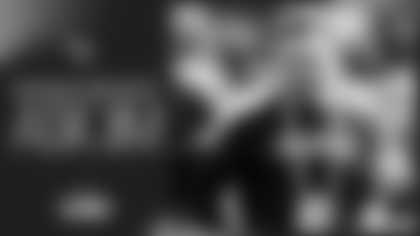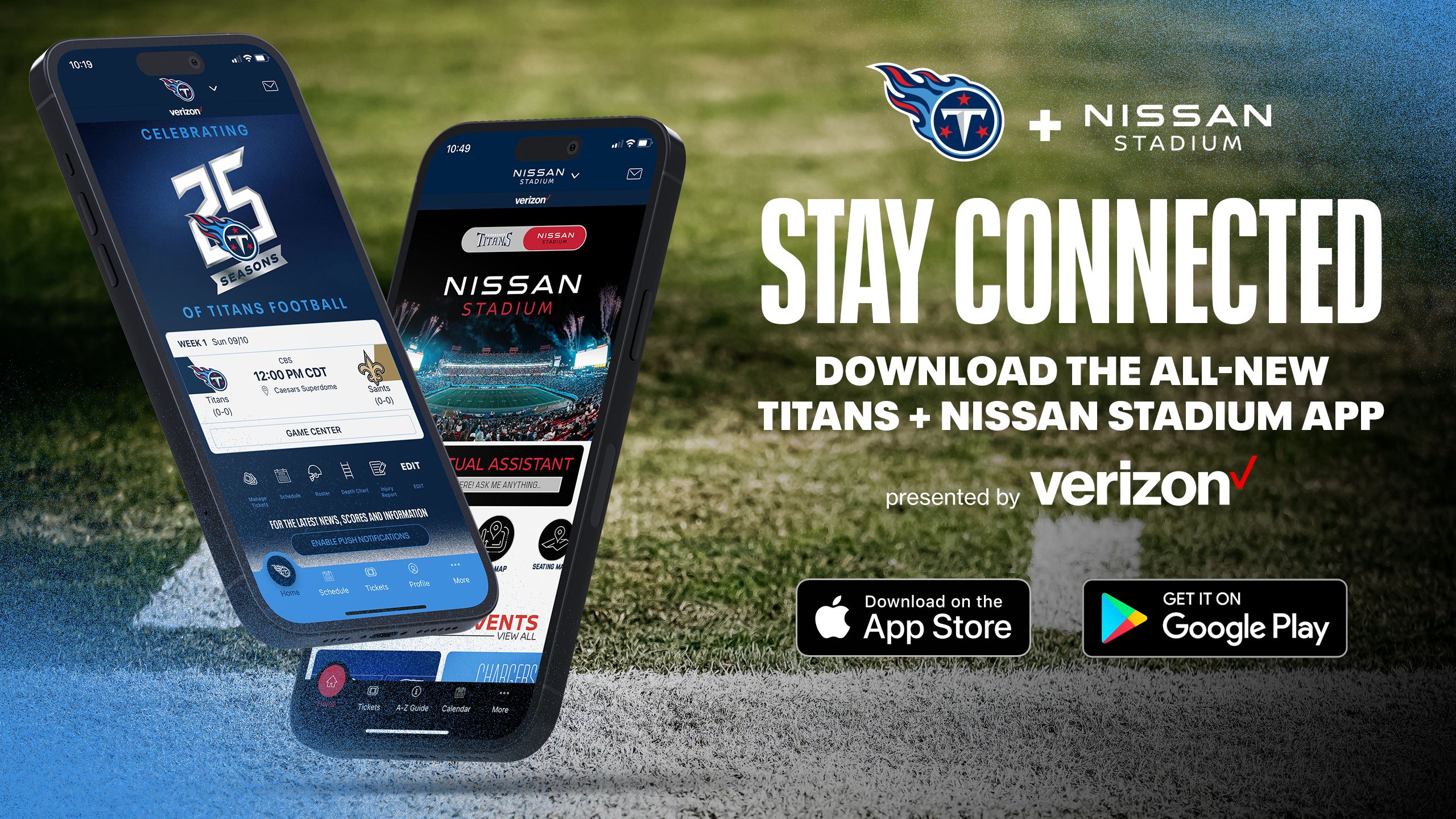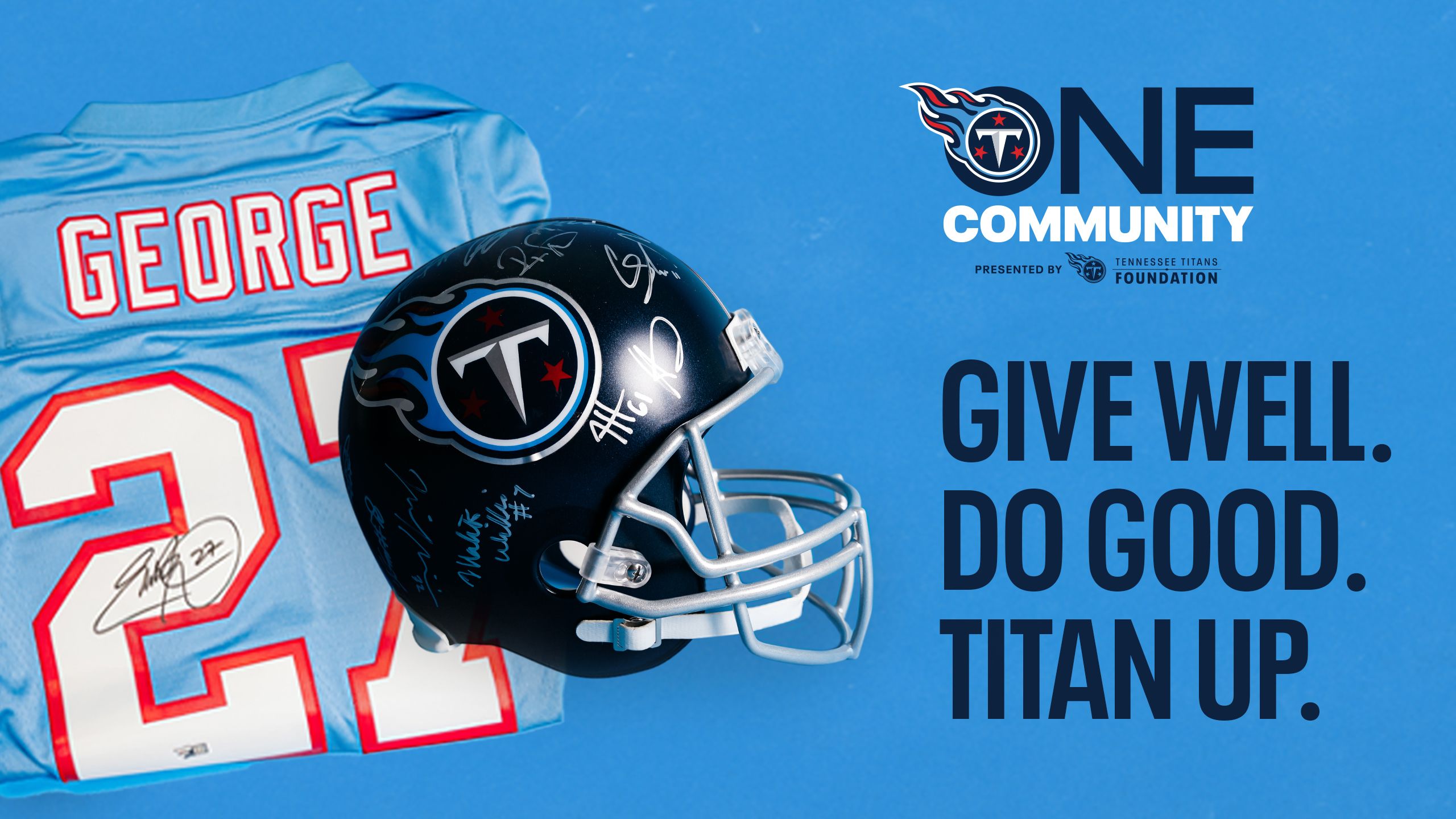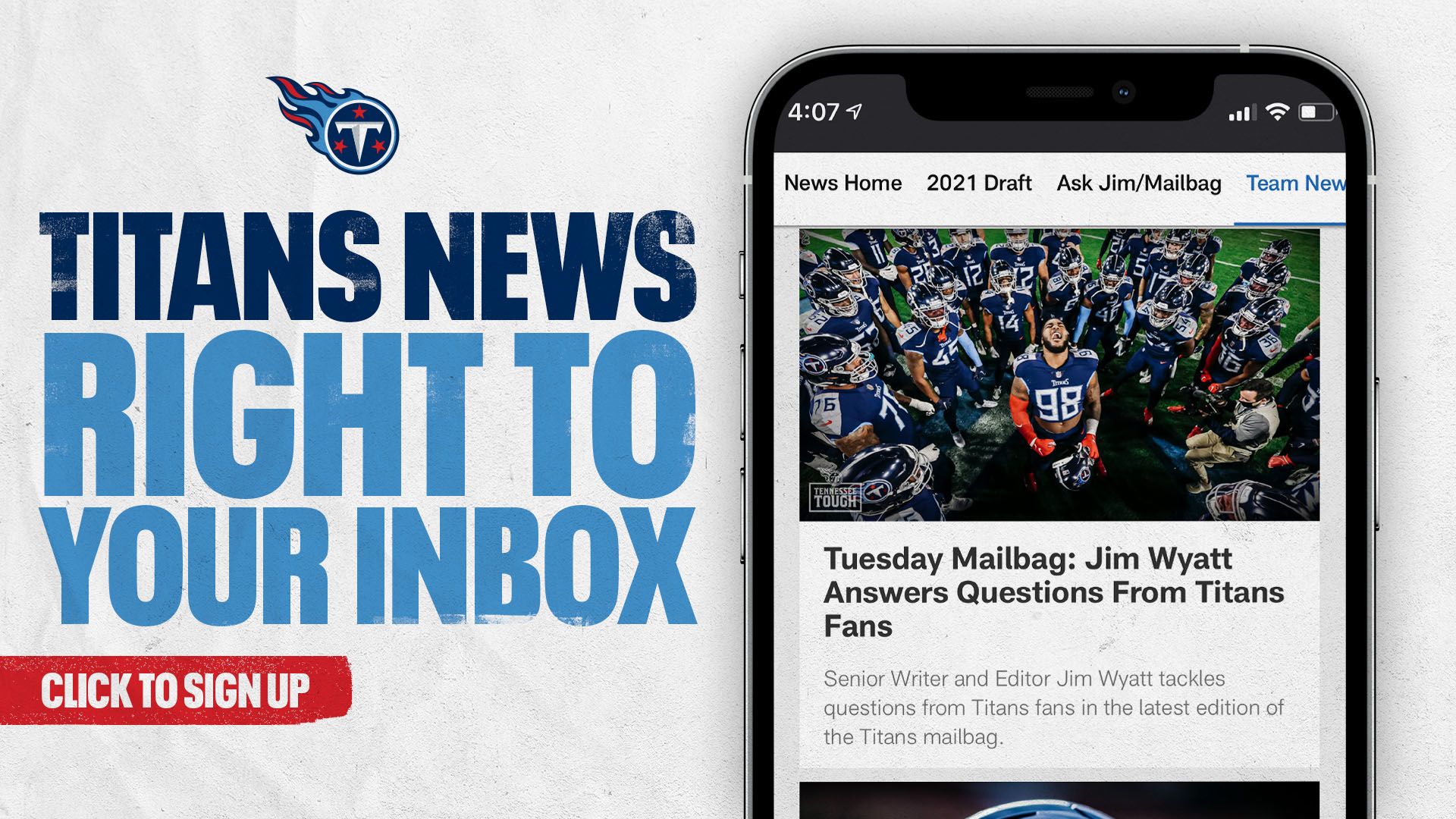**
 |
| "The Foolish Club" American Football League Owners in 1961. Seated left to right: Houston Oilers owner K.S. "Bud" Adams, Jr., AFL Commissioner Joe Foss. Standing left to right: Boston owner Bill Sullivan, Denver owner Cal Kunz, Buffalo owner Ralph Wilson, Dallas owner Lamar Hunt, New York owner Harry Wismer, Oakland owner Wayne Valley, and San Diego owner Barron Hilton. |
Already rebuffed in several efforts to buy a team, 29-year-old Lamar Hunt was finally told the league did not want to expand anywhere, especially to Hunt's beloved Dallas.
So if a wealthy young visionary cannot have his own team, why not start his own league?
Scorned and made fun of in the beginning, the American Football League would do nothing less than alter American history and make almost everything better for just about everybody connected with the game.
When Cowboys fans take their seats in that billion-dollar stadium in this 50th anniversary year of the founding of the AFL, they would do well to raise a toast. Buffalo fans eagerly awaiting T.O.'s first catch should pause and give thanks.
And so should T.O. Without the jobs, interest and markets the AFL created, it's very unlikely the modern NFL would have become so big and so rich so fast.
"We brought football to towns that might never have had it," said Bills owner Ralph Wilson, an original AFL owner. "(The league) has gotten better and better and bigger and bigger."
The birth of the AFL in August 1959 would ignite a vicious fight with the established league, a struggle waged in court rooms and board rooms, on playing fields and television screens before finally winding down as a transformational victory for both sides.
Nobody knew so at the time, but the audacious Hunt and his partners were doing the staid old NFL and football zealots everywhere a gigantic favor.
Hunt also did not realize he had picked the perfect time to talk a group of sportsmen into paying $25,000 for the privilege of owning an AFL franchise and becoming the butt of jokes.
"You'd go to cocktail parties back in those days and they looked at me, `What kind of a dope are you? ... ?" recalled Wilson. "I'd be standing in a corner having a drink by myself."
When the AFL began play in 1960, it was a different age and in many ways a different country.
Jobs seemed plentiful and peace graced the land. The Korean War had been over for seven years. It would be another several years before Americans could find Vietnam on a map, let alone have countrymen die there.
Leading the nation into this upbeat, can-do mood was a handsome young senator named John Kennedy who was about to move into the White House with a family that loved flag football.
America was feeling youthful, hardy, confident and daring.
And, as important as any factor, television was beginning to boom. Hunt may have known better than anyone else in the United States what that would mean.
"Lamar watched the great Giants-Colts game of 1958 and he said that football was made for television," said Jack Steadman, Hunt's right-hand man throughout his trailblazing career. "He said, `Pro football can't miss."
Imaginative and fun, the AFL pulled the stodgy, slow-to-change NFL kicking and screaming into the golden television age. It awakened a football appetite that's never fully been slaked.
But the new league's repercussions went far beyond Sunday afternoons in autumn. Signing up players from historically black schools in the Deep South that the NFL hardly scouted, the AFL also became a positive force in the Civil Rights movement of the '60s.
By 1970, when another visionary named Pete Rozelle helped the two leagues formally merge, the modern NFL was on course to become the richest and most powerful sports entity in the world.
"Lamar had the vision that pro football would grow dramatically because of the way it televised," said Steadman. "He also took note that the NFL was only in a few cities, most of them in the East. He saw the game's growth potential when so many other people did not."
While plenty of people laughed and plenty of others paid scant attention, Hunt and Wilson and Bud Adams and other members of "The Foolish Club" announced on Aug. 22, 1959 the creation of the AFL.
The Patriots would play in Boston, the Texans in Dallas, the Oilers in Houston, the Bills in Buffalo, the Titans (Jets) in New York, the Broncos in Denver, the Raiders in Oakland and the Chargers in Los Angeles.
The first couple of years saw severe financial losses. The NFL sold Clint Murchison an expansion team for Dallas to try to kill off Hunt's Texans, who would move to Kansas City in 1963 and become the Chiefs.
"The NFL did everything it could from the very beginning to destroy us," said Steadman. "But we hit them with an antitrust suit and that kept them at arm's length while we were building the league."
From the new league's inception in 1959 until the merger agreement in 1966 -- what Oakland owner Al Davis calls "the War Years" -- the daring and innovative AFL seemed to outsmart the powerful and stuffy NFL at practically every turn. It also helped that owners like Hunt, Adams and the Chargers' Barron Hilton were sitting on fabulous wealth.
"We were selling excitement and entertainment," the late Hunt once said in an interview with The Associated Press. "We had to be different. We couldn't afford to be dull."
The new league captured fans with high-scoring games and creative coaches, 2-point conversions (too juvenile for the stodgy NFL), moving pockets (too gimmicky) and names on jerseys (too Joe College).
It also was ahead of its competition in splitting all television money equally.
The NFL continually belittled the AFL as a ragtag collection of guys not good enough for the, ahem, senior league. But it could not stop flamboyant players bearing catchy nicknames from flickering across those primitive black-and-white television screens, steadily building a loyal, expanding fan base.
Lance "Bambi" Alworth, a brilliant wide receiver, really did seem to run like a deer.
Running back Charlie "The Human Bowling Ball" Tolar dropped his head and crashed into the pile and developed what amounted to a cult following.
And of course there were savvy, charismatic quarterbacks such as Lenny the Cool, the Mad Bomber and Broadway Joe.
"We fought amongst each other, but when it came to something with the NFL, we were all together," said Wilson.
As competition for college talent intensified, some of the greatest stunts happened behind the scenes.
One night in 1965, legendary Chiefs scout Lloyd Wells talked his way past NFL security guards by posing as a reporter for Ebony Magazine. Once inside the room where Otis Taylor was being "baby sat" until the NFL signed him, Wells sneaked the big-play wide receiver out through a back window and flew him to Kansas City.
And there was the time Houston owner Adams impulsively gave his wife's Cadillac to Heisman winner Billy Cannon of LSU -- while she was in the kitchen preparing dinner. It was a gift for Cannon's father, and the delighted young man took off immediately for home.
When Nancy Adams returned a few minutes later and asked, "Where's Billy?" Adams had to confess that the player and her Caddy were on their way to Baton Rouge.
"I thought my wife was going to hit me in the head," Adams recalled.
Players benefited more than anyone else from the new league, and not only because there were more jobs.
"In those days, there were practically no agents and no guaranteed contracts," said Len Dawson, the Chiefs' Hall of Fame quarterback who began his career with Pittsburgh and Cleveland before migrating to Hunt's Texans in 1962.
"We didn't get paid for exhibition games. The team bought me a pair of game shoes, but I had to pay for my own practice shoes. The competition for players that the AFL created brought an end to all that. The AFL created jobs for players, coaches, scouts and support people."
Another great AFL legacy was its role in helping bring about equality just as the Civil Rights movement began accelerating during the Kennedy years. Spurred on by Hunt, the new league lost no time scouting the historically black schools which most NFL teams had largely ignored.
It isn't that the NFL was segregated; it was not.
"But there were relatively few black players in the NFL," said Dawson. "The AFL's greatest need was for good players and the owners went wherever they could find them."
As he looks back over the eventful half-century, Adams, who eventually moved the Oilers to Tennessee to become the Titans, believes the AFL enhanced the quality of college football across the board, too.
"When the new league started out with eight new teams, it made the college players who never thought they could get into the National Football League say that they could make it and get into a team," he said. "It opened it up for more players working harder, working out more, become stronger."
Finally, by the mid-'60s, the AFL had a rich new contract with NBC and NFL owners agreed -- some with great reluctance -- to seek a merger.
"We were running up the cost of poker," said Wilson, who was inducted last month into the Pro Football Hall of Fame.
As Steadman recalls, the NFL told Hunt in a secret meeting it was willing to take in only Kansas City, New York and Houston, and possibly Buffalo.
"Lamar said, `Absolutely not. All eight teams come in or we won't consider it," Steadman said.
And so all eight did. The NFL would retain its name and split into two conferences.
The "war" was over.
"It was exciting. It was provocative," said Oakland owner Al Davis, the AFL's last commissioner. "I knew we'd beat them. They were scared of us."
The AFL had triumphed, but everybody had won.
KEY DATES IN THE HISTORY OF THE AMERICAN FOOTBALL LEAGUE
Aug. 22, 1959 -- Lamar Hunt, Bud Adams, Barron Hilton and other members of "The Foolish Club" announce creation of American Football League.
Nov. 30, 1959 -- Joe Foss hired as commissioner of AFL.
Jan. 26, 1960 -- Hunt elected AFL president.
June 9, 1960 -- ABC signs five-year contract to televise AFL games.
July 30, 1960 -- Boston Patriots beat Buffalo Bills 28-7 in first AFL preseason game.
Sept. 9, 1960 -- Denver Broncos defeat Patriots 13-10 at Boston in first AFL regular-season game.
Jan. 1, 1961 -- Houston Oilers win first AFL title, beating Los Angeles Chargers 24-16.
Jan. 14, 1961 -- Receiver Willard Dewveall of Chicago Bears plays out his option and joins Oilers, becoming first NFL player to defect to the AFL.
Feb. 10, 1961 -- Chargers move from Los Angeles to San Diego.
Dec. 24, 1961 -- Houston repeats as AFL champion, beating San Diego 10-3.
Jan. 7, 1962 -- Western Division defeats Eastern Division 47-27 in first AFL All-Star game in San Diego.
Dec. 23, 1962 -- Dallas Texans prevent Houston from winning third straight championship in longest title game in pro football history. Tommy Brooker's 25-yard field goal in second overtime wins game 20-17.
Feb. 8, 1963 -- Texans move to Kansas City and become Chiefs.
March 28, 1963 -- Sonny Werblin leads group that purchases New York Titans from original owner Harry Wismer. Team changes name to Jets on April 15.
Dec. 28, 1963 -- Boston beats Buffalo 26-8 in first AFL division playoff game.
Jan. 5, 1964 -- Chargers rout Patriots 51-0 for AFL title.
Jan. 29, 1964 -- AFL signs five-year, $36 million contract with NBC, beginning with 1965 season. The deal provides AFL with necessary capital to compete for players with NFL.
Dec. 26, 1964 -- Buffalo beats San Diego 20-7 for AFL championship.
Jan. 2, 1965 -- Jets sign Joe Namath to record $427,000 contract.
Aug. 16, 1965 -- Miami awarded AFL expansion franchise to begin play in 1966.
Dec. 26, 1965 -- Bills repeat as champions, downing Chargers 23-0.
April 7, 1966 -- Foss resigns as AFL commissioner and is succeeded by Al Davis.
May 17, 1966 -- New York Giants sign Buffalo kicker Pete Gogolak, the first AFL regular to move to NFL, leading AFL to start signing NFL stars to future contracts.
June 8, 1966 -- The AFL and NFL announce a merger, although a common schedule won't occur until 1970. A common draft will begin in 1967, and the AFL champions will play the NFL winners for the overall title beginning in January 1967. Pete Rozelle remains as NFL commissioner and Davis rejoins Oakland Raiders.
Oct. 21, 1966 -- Congress approves the merger.
Jan. 1, 1967 -- Kansas City defeats Buffalo 31-7 for AFL crown, spot in overall championship game (soon to be called Super Bowl) against Green Bay.
Jan. 15, 1967 -- Packers beat Chiefs 35-10 at Los Angeles Coliseum.
May 23, 1967 -- Cincinnati is awarded the 10th AFL franchise.
Aug. 5, 1967 -- Broncos become first AFL team to defeat an NFL team, beating the Detroit Lions 13-7 in the first of 16 AFL-NFL preseason games that year.
Dec. 31, 1967 -- Oakland routs Houston 40-7 for AFL title and right to meet NFL champion Green Bay in Super Bowl.
Jan. 14, 1968 -- Packers beat Raiders 33-14 in Super Bowl at Miami.
Sept. 9, 1968 -- Oilers become first team with indoor home stadium, losing to Chiefs 26-21 at Houston Astrodome in first regular-season game.
Nov. 17, 1968 -- "Heidi" steals the ending of Jets-Raiders game at Oakland. NBC cuts away to the movie as the Raiders are rallying to a 43-32 victory with two touchdowns in final 42 seconds.
Dec. 29, 1968 -- Weeb Ewbank becomes first coach to win NFL and AFL titles when he leads Jets over Raiders 27-23 at New York. Ewbank also coached the NFL champion Colts in 1958 and '59.
Jan. 12, 1969 -- Jets pull off biggest upset in Super Bowl history as Namath guarantees victory, then delivers 16-7 over Baltimore. Jets were as much as 17½-point underdogs.
May 17, 1969 -- Baltimore, Pittsburgh and Cleveland agree to move to AFL in 1970, setting up two 13-team conferences to be known as AFC and NFC.
Jan. 4, 1970 -- Chiefs beat Raiders 17-7 for the last AFL championship.
Jan. 11, 1970 -- Kansas City wins the final AFL-NFL Super Bowl, upsetting Minnesota 23-7 in New Orleans.

















